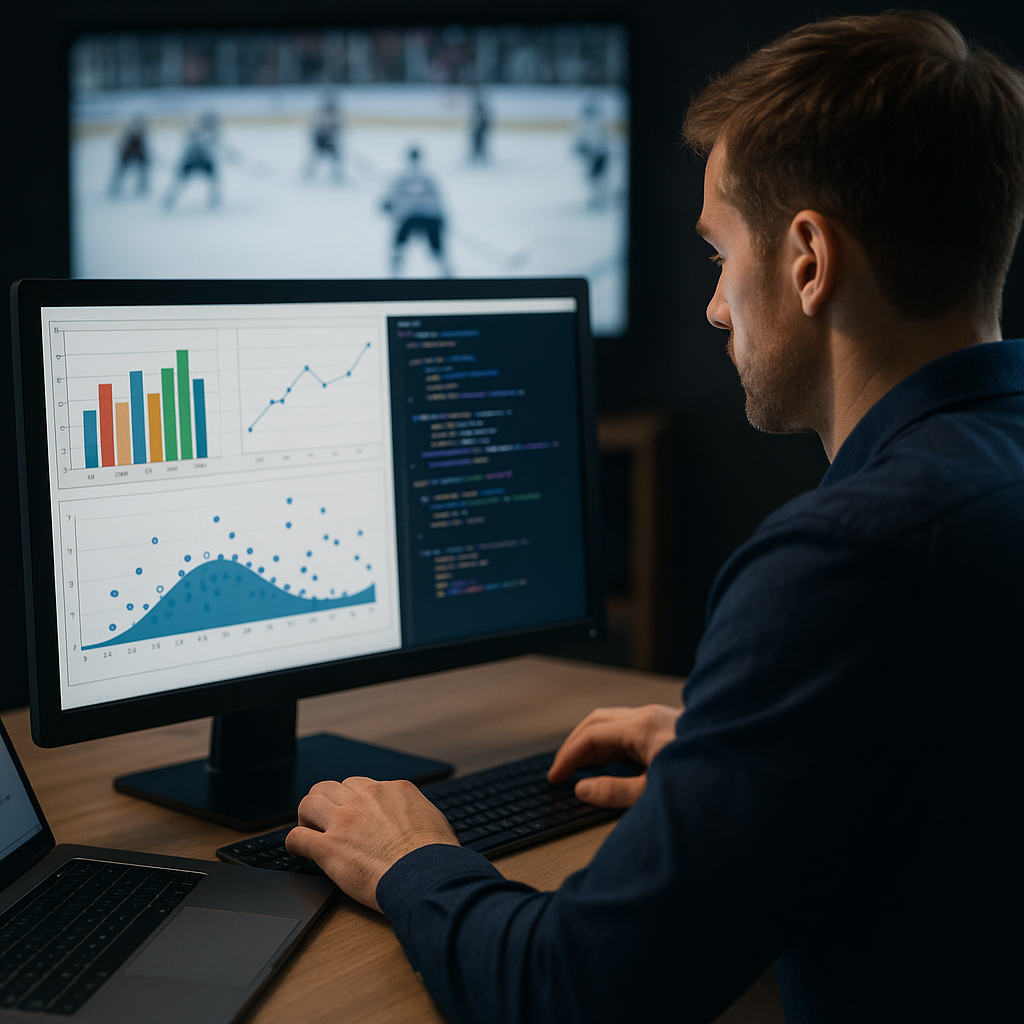In the data-driven era of sports, R programming has emerged as one of the most powerful tools for turning raw athletic performance data into actionable insight. From grassroots coaching to elite professional teams, sports analytics with R is helping organizations understand the game at a deeper level — and hockey is a prime example of this evolution.
Why R Programming Matters in Sports Analytics
While Python and spreadsheets have their place, R stands out for its statistical modeling capabilities, elegant visualizations, and open-source sports packages. It’s built from the ground up for data exploration — making it perfect for sports professionals, analysts, and data scientists alike. Whether you’re analyzing player statistics, injury risks, or game strategy, R offers unmatched flexibility and transparency.
With packages like ggplot2, dplyr, caret, and tidymodels, R makes it easy to clean, manipulate, and model complex sports data with clarity and precision.
The Role of R in Hockey Analytics
Hockey, with its high-speed dynamics and chaotic transitions, presents a unique challenge for data analysts. Using R, we can extract structured meaning from play-by-play logs, shot maps, time-on-ice records, and advanced stats like Corsi and Fenwick.
Whether you’re modeling shot probabilities, player performance clusters, or penalty kill efficiency, R enables deep insight and reproducibility — two critical qualities in modern sports analysis.
🏒 Learn R with Real Hockey Data
If you’re ready to apply R to real hockey datasets, explore our step-by-step guide Hockey Analytics with R. Learn to work with actual NHL data, build custom metrics, and apply predictive modeling to game situations — all with reproducible R code and clear examples.
Not Just Hockey: R Applies Across All Sports
The same R tools used in hockey analytics extend naturally to other sports: regression models for predicting football outcomes, clustering for player profiles in basketball, and time series for tracking fatigue in cycling. R’s adaptability makes it a universal language for sports intelligence.
Moreover, the rise of open sports datasets and APIs means there’s never been a better time to explore data-rich sports environments with R — all while learning fundamental skills applicable across disciplines.
Conclusion: Why R is the Future of Sports Analytics
The future of sports belongs to those who can understand and act on data. R programming offers a uniquely powerful, accessible, and transparent way to do just that. For hockey and beyond, learning how to explore, analyze, and visualize sports data in R is not just a niche skill — it’s becoming essential in coaching, scouting, and performance analysis.
Start your journey with real-world projects, reproducible code, and practical insight. Explore Hockey Analytics with R today and turn raw data into winning strategies.

